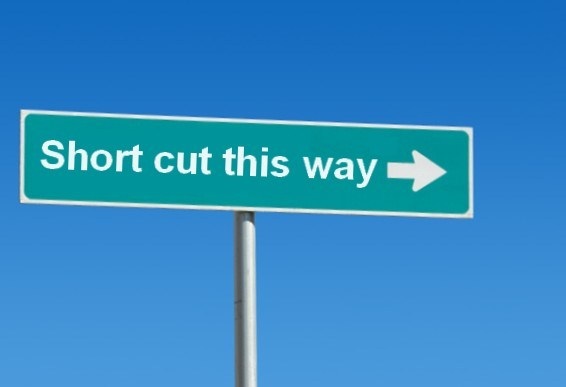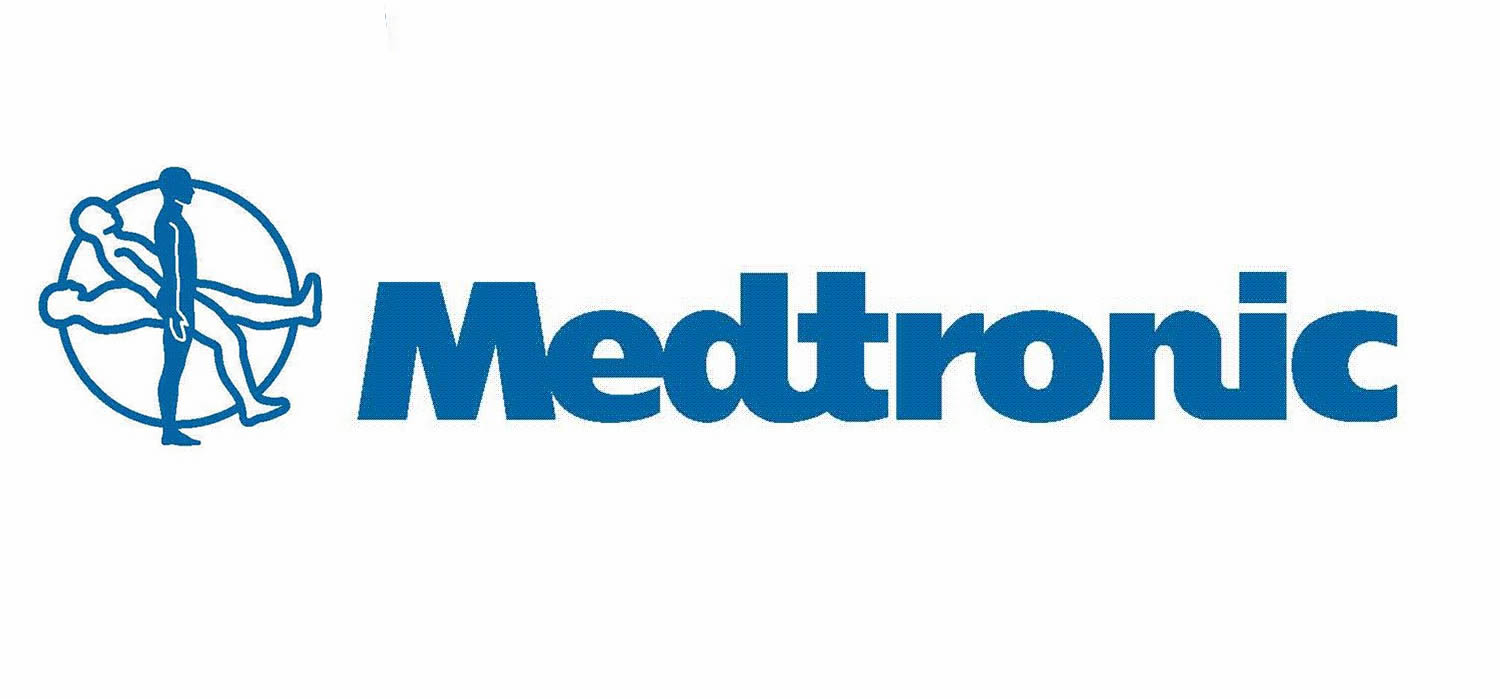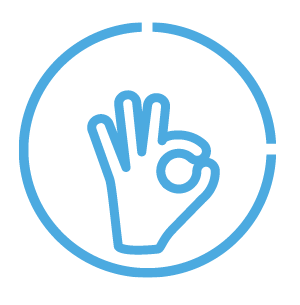You wouldn’t dream about going on a blind date without preparing yourself, wouldn’t you? You’ll get information from every available social network, and if possible from your contact person, and finally, you’ll get dressed and make sure you look effortlessly perfect. And yet, what seems so obvious when it’s meant to attract potential relationships in our personal lives is many times overlooked and underprepared when it comes to our professional lives.
Every meeting, presentation or random interaction, in front of every audience, is a relationship in different contexts. It needs the same amount of preparation and awareness since it falls under the same category of first impression and its implications.
A lot of us rely on our ability to communicate and establish a good dynamic with our audience, whether it’s a single person or a crowd of 80 people at a convention, once we feel comfortable and confident. The bad news is it usually takes a few minutes for our strengths to shine and for us to establish our confidence. We can’t rely on our ability to save the day; at the end of a session, most people will lose interest and attention, leaving you with slim chances of influencing them or motivating them into action. Your first impression is your window of opportunity to create an impact in a way that will engage whoever is in front of you, but will also send a strong signal about who you are.
From the second people lay their eyes on you, all you have is a few short minutes (30 seconds – 4 minutes) to make an impression that serves your targets from this interaction in the best way. The trick about first impression is knowing that what will serve you best has to be in correlation with your audience’s agenda. That means that if you’re going to a job interview, a meeting with an investor or you have to deliver a presentation in front of management and you wish to get the job, the investment or get them on board, you need to know your audience and how to approach them from the beginning in an effective way.
What does that mean and how do you prepare to make an effective first impression? Let’s divide this into 2 sections:
The first one is your non-verbal messages, your body language. People will figure out everything about you and whether they will cooperate with you long before you open your mouth. That’s why you need to prepare in terms of appearance: what should you wear that looks professional in a way that best suits the occasion and the audience, but also helps you feel on top of your game? There’s a lot of power for posture, you should always enter any given space and stand with your shoulders drawn back – it’s all about how you carry yourself in a way that shows confidence and sometimes even ownership. A big part of non-verbal is the tone of your voice and eye contact. Your ability to sound clear and energetic will send a covert signal about your passion, knowledge and confidence.
The second aspect is content, which focuses on the very few sentences that come out of your mouth when you start speaking. Your opening should always be powerful, whether it’s a formal presentation or a sales meeting, always prepare an opening that will grab the audience’s attention and send a signal that you’re worthwhile listening to.
There are many different ways to get the results you want out of diverse situations. What they all have in common is the way people perceive you at the first moments. That takes preparation and sometimes practice, but once you master the art of first impression your chances of getting those results increase dramatically.








You have brought up a very great details, thankyou for the post.
Wonderful post! We will be linking to this great post on our website.Keep up the great writing.
The information and facts mentioned inside the report are a few of the most effective available.